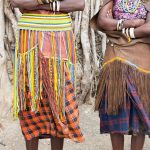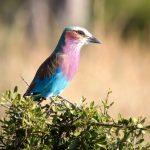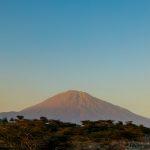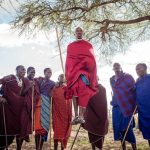The Great Wildebeest Migration River Crossings as told by Safari Expert Dave
I’ve never experienced a river crossing before, so I was very happy to hear even when I was in Tarangire that large numbers of wildebeest were still being seen in and around the Mara River. Although you’d expect most of the herds to have crossed by mid-late November and be in or around the centre of the Serengeti, it seems that as we progressed north from the Seronera area we were not seeing the large groups of animals that I had seen before at this time of year. Maybe luck was with me this time.
After arriving at Sayari and checking in, we were eager to get along to the river and see what was happening. When we arrived at one of the ten main crossing points, a several thousand-strong herd of wildebeest was milling around at the top of the opposite river bank. Admittedly, wildebeest are not the most exciting of animals, and they have been known to stand around waiting to cross for days. Then within a flash, they cross and you might miss it.
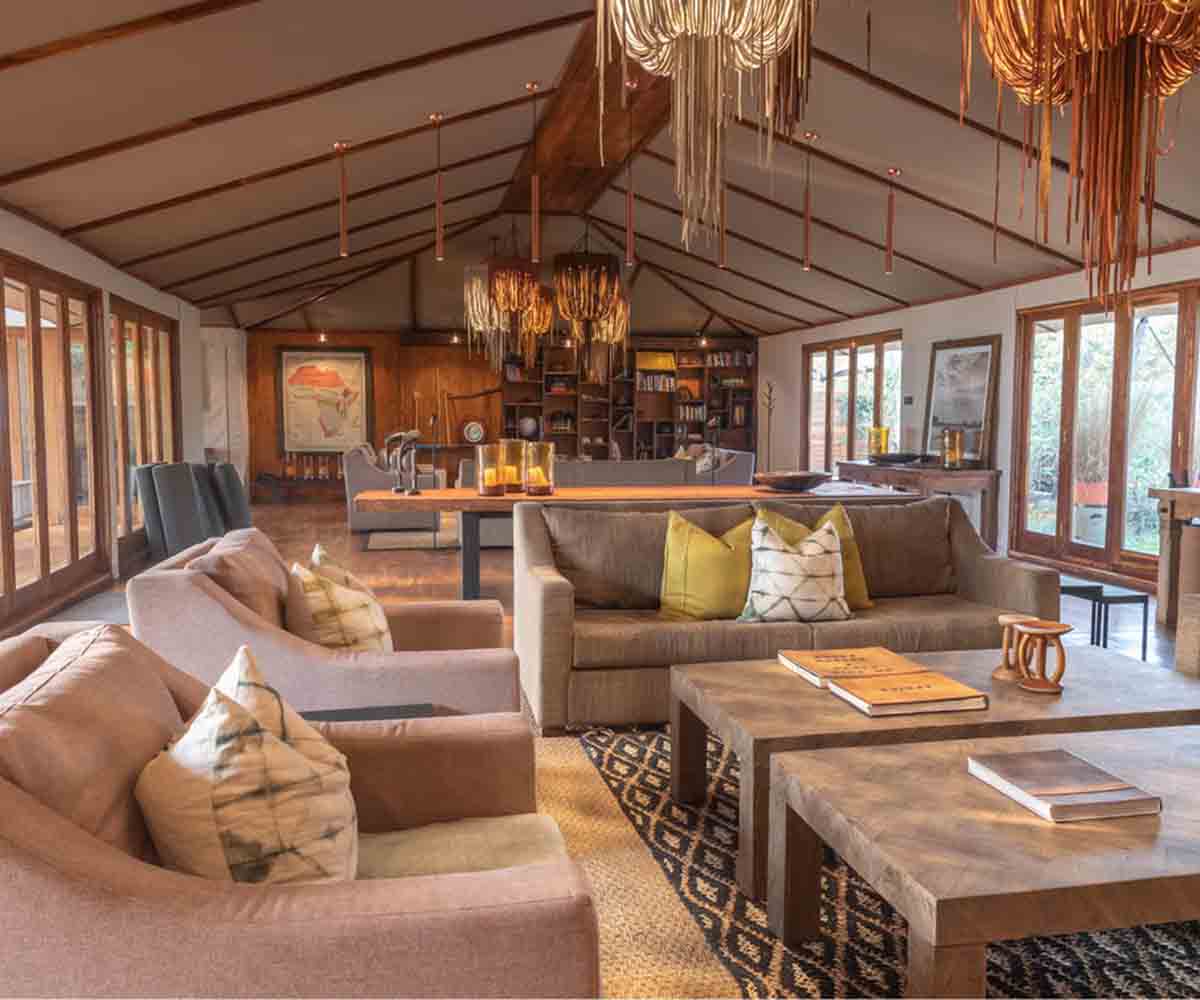
© Asilia
The standard procedure with the guides is to sit back from the edge of the bank in your vehicle and wait until the animals step into the water. Once you hear a splash, you know all the wildebeest – whether it be hundreds or thousands – are going to follow. Once the wildebeest have made that fateful step into the Mara River, the drivers put their foot down and drive to the river bank, where you get to witness one of the animal kingdom’s most spectacular shows.
So we sat and waited. We waited some more. And we waited some more. Probably for around two hours, with not even a whiff of them moving down to the river’s edge. We decided to go off and see some of the other game in the local area, but always stayed within a short drive in case they made a crossing. I’m glad we did, as they didn’t move and we got to see a herd of elephants very close playing around in some pools of water, which was really special.
Bright and early, the next morning we headed back to the same group of wildebeest, which had now grown quite a lot but seemed, again, to not be moving any time soon. Again, we waited and waited. Some of them decided to head back into the forest and into Kenya.
We heard on the grapevine that there was another much smaller group of wildebeest looking more posed for action. They were only a short drive away, so we could easily skit between the two herds.
With 500 or so wildebeest, this herd looked more promising… But, nope. They were at the water’s edge with one or two even drinking from it, but none of them took that first leap. By this time, we were in need of some light refreshment. Luckily, Asilia had prepared a bush breakfast with a full egg station. It still baffles me after all these years what camps can prepare for you in the bush. So my breakfast plate was full, my coffee was in hand and I was about to sit down to tuck in when a shout came from one of the guides. The wildebeest were about to cross. I’ve never seen a group of people jump into action so fast. Bacon sandwich still in hand, we sped off to the river’s edge where the animals have just begun crossing and were emerging on the opposite bank safely.
Wow. What a sight. Although I’ve been in the safari industry for nearly ten years, I never released what an incredible spectacle this was in real life. A steady stream of wildebeest made their way in double time into the water and swam their way across to our side of the bank. It seemed to go on forever, which was very good for the crocodiles lying in wait for them to cross. We even saw a couple of wildebeest get taken under in very dramatic fashion by some very large crocs – a meal that would last them for quite a while. And then as quickly as it had started, it was over, and the wildebeest ran off happily into the depths of the Serengeti National Park and towards the southern reaches of the park.
We returned to our bush breakfast to grab our breath and try and take stock of what we had just witnessed. After breakfast and back in the vehicle we drove to see what else the park could offer. It did not disappoint. At every turn, there was something new and exciting to appreciate. We found a lone hyena fighting off a dozen vultures as it tore into the flesh of a dead zebra. The squawks of the vultures intermingled with the bone-shattering sounds sent shivers up my spine.
We got word over the radio that the first (the bigger!) group of wildebeest we were scoping out last night and this morning were closing in on the bank again. Five minute later we were looking at between five-to-seven thousand wildebeest – possibly more –lying in wait on the other bank. Our guide held back about 15 metres or so as not to spook them. Agonising minutes past as some went down to the edge, drank from the river then moved back and up the bank, but more and more were coming out of the forest behind them, moving each wildebeest forward to the river and a crossing.
It takes just one brave animal to make that plunge and all will follow. From nowhere, one plunged headfirst into the Mara River and made its mad dash to the other side. Why did this one animal feel the need to cross? Was it an urge that time was running out and it needed to get to its ancestorial calving grounds in the far south of the park? Who knows, but once this one animal had made the plunge, they were unstoppable. A steady stream of black ant-like specks made their way down the bank, jumping into the river and hopefully coming out the other side.
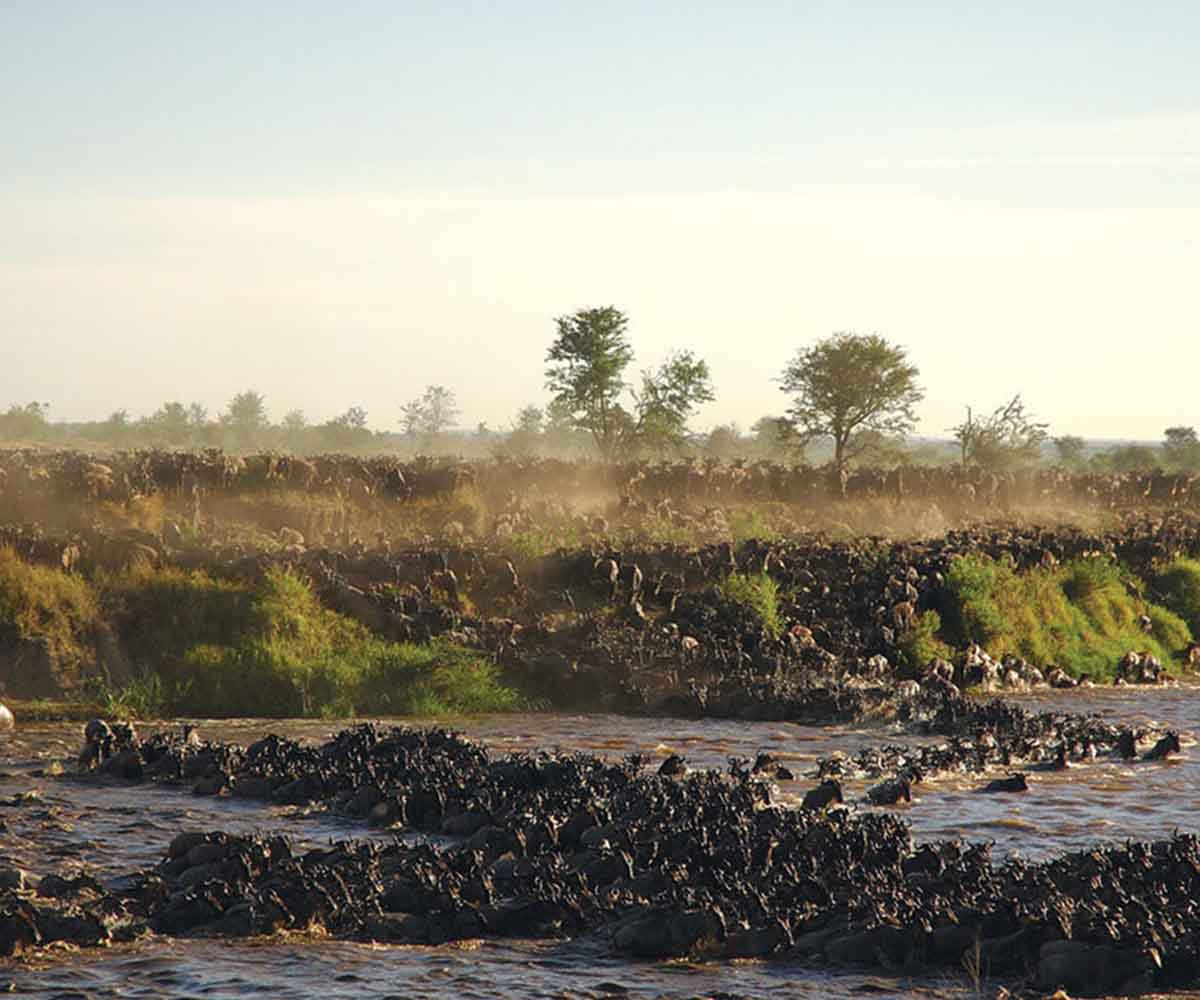
© Asilia
It was hard to keep track of everything that was happening: wherever you looked drama was unfolding. A zebra and its baby made the plunge, only to turn back, then turn around again without noticing a croc hiding, waiting for it’s moment to attack the foal. We had watched this same crocodile try and fail with a few wildebeest, but this little zebra was no match, and was pulled under quite easily never to be seen again. The mother came back several times to try and find its young. Her wails were heart-wrenching.
Crocodiles are not the only ones who take the animals – some hippos lash out in anger at the huge herds invading their territory. Several wildebeest and zebra also drown in the attempt to cross, trampled on by their own brothers. Some break their legs. It’s an odd sight, watching a wildebeest trying to hobble along on three legs, knowing they will probably not see another day in the Serengeti, with too many opportunistic predators lurking nearby.
I’m not sure how long that second crossing took – maybe 15 or 20 minutes of relentless chaos, maybe more. To witness a river crossing once is very lucky. To witness two in about an hour, and so late in the season, was incredible. It was something I will never forget.
It was an awesome end to an amazing week in the north of Tanzania on the famous north safari circuit. One I was so happy to have been on after a couple of years without my beloved Africa.
Here’s a visual represenation of the River Crossing process from one of our other safari consultants.

